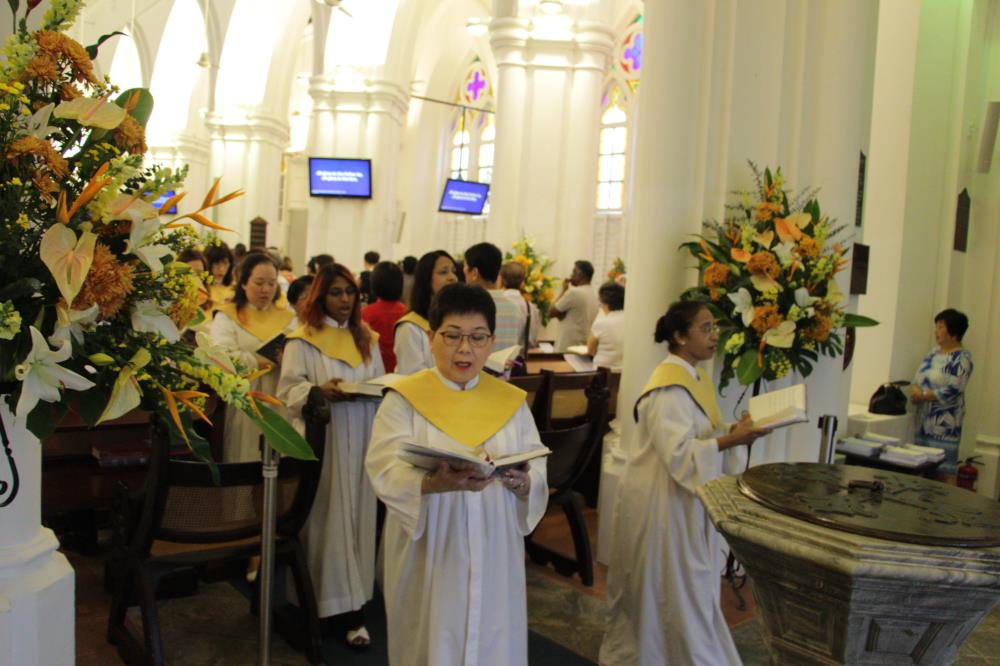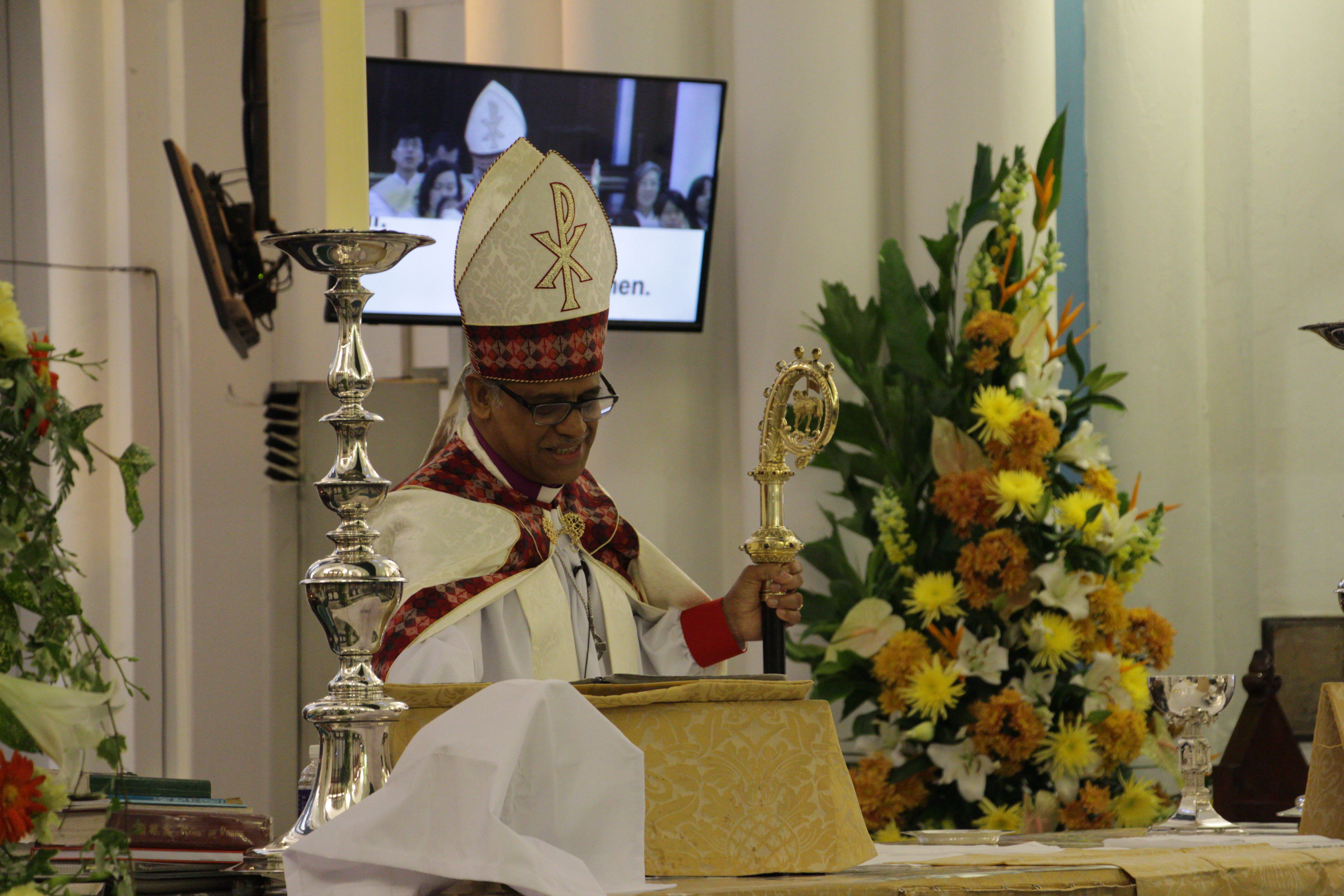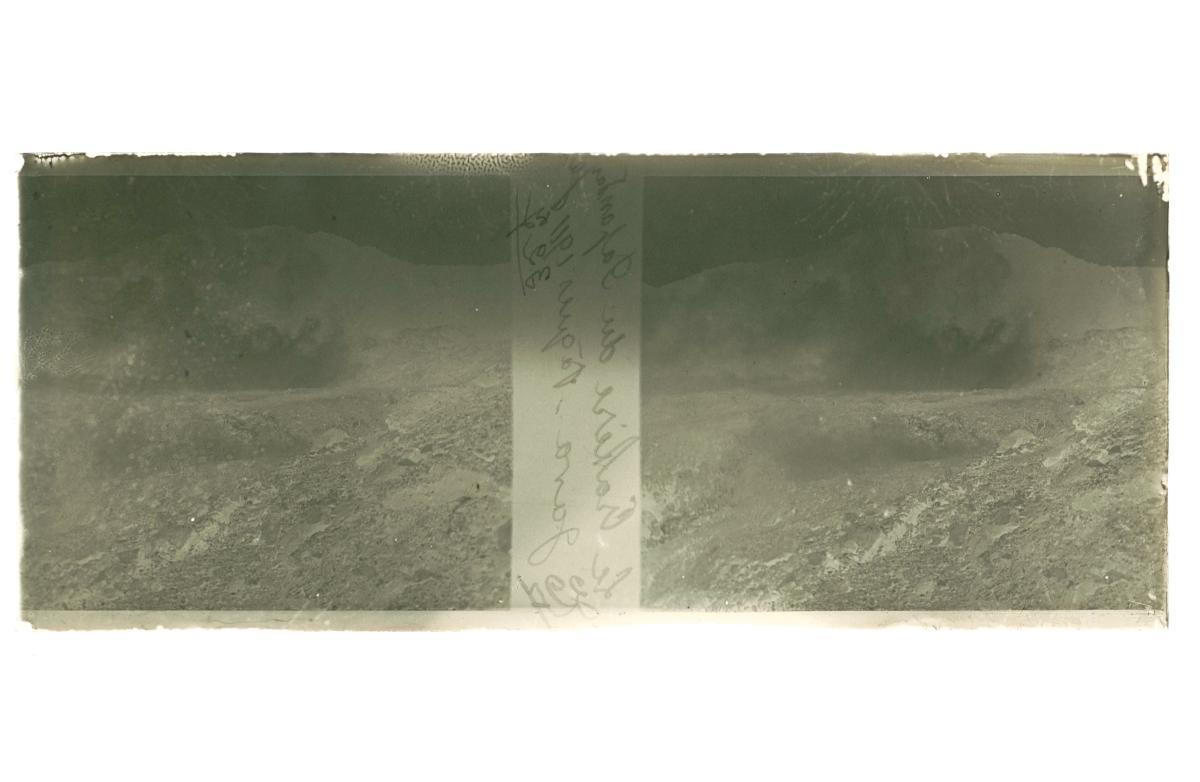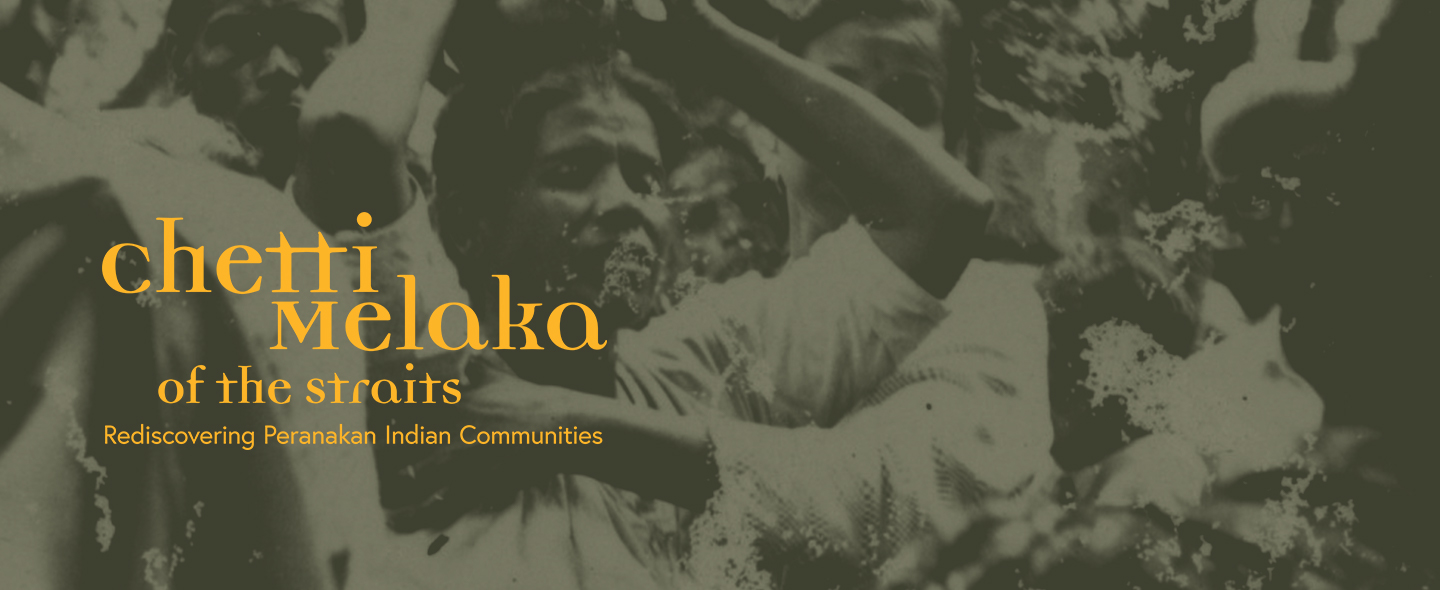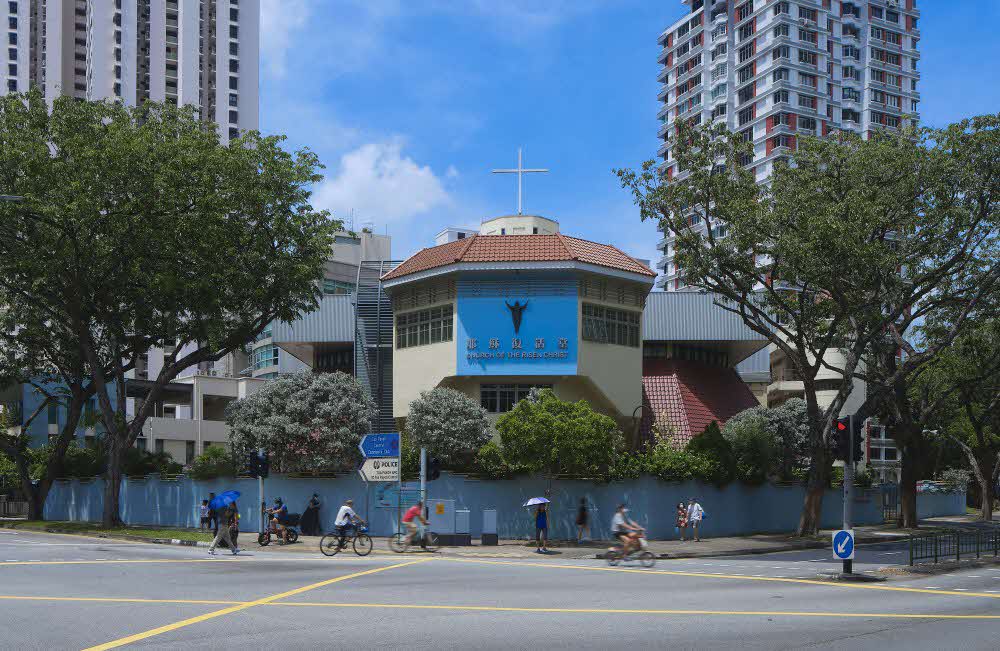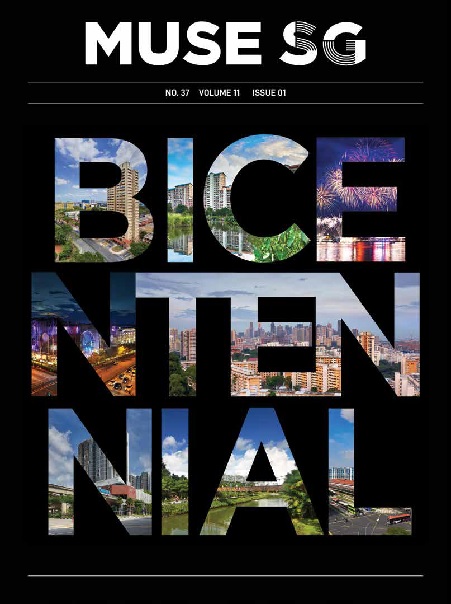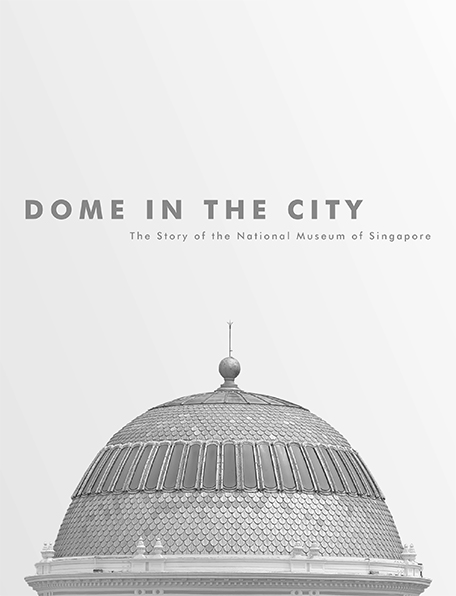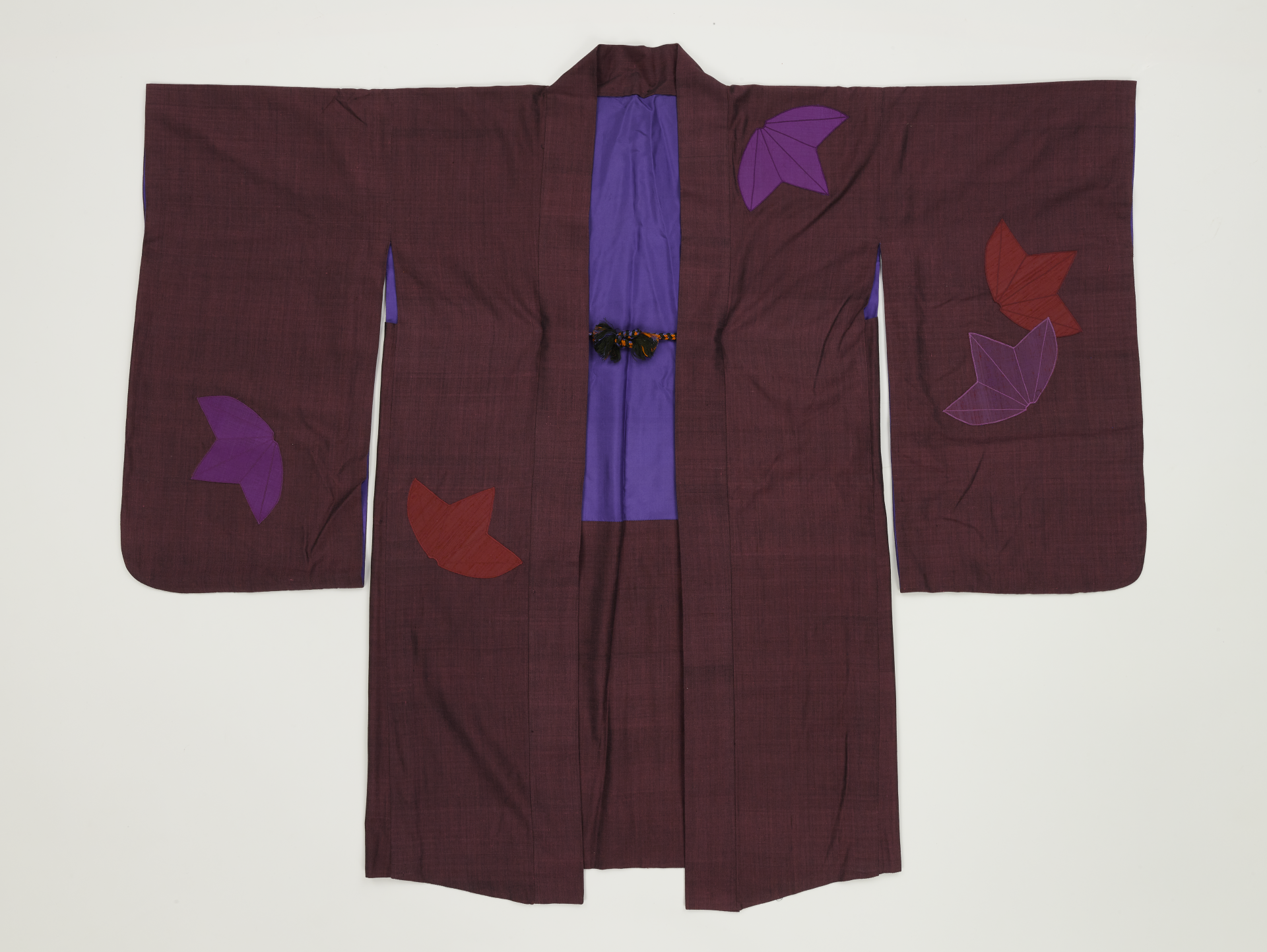Easter
Easter is a festival observed by Christians worldwide. It is an event of celebration, focusing on the resurrection of Jesus Christ. In the lead-up to Easter, some Christians observe Lent, a 40-day period that involves prayers and fasting. Easter can fall on any Sunday between March 22 and April 25 of a year.
There is much debate about the origin of the term Easter. People may have seen a relation between the message of Easter and the earth returning to life in the spring season after winter.
Geographic Location
Easter is celebrated by Christian communities all over the world. In Singapore, most gather in their respective churches for the Easter service. Some may choose to take part in sunrise services at outdoor locations like Mount Faber and MacRitchie Reservoir.
Communities Involved
The Christian community in Singapore is made up of a variety of denominations. There are differences in the Easter service followed by the various churches. The themes of death, resurrection, and glory are common for all.
Services are usually led by a priest or the church leader, but some congregants may be given specific roles to play, such as reading the Bible, leading prayer or song sessions, and collecting offertory.
Associated Social and Cultural Practices
The spiritual preparations for Easter begin 40 days earlier, at the start of a period known as Lent. The week leading up to Easter also has significant days of remembrance and reflection. For instance, on the Thursday before Easter, which is known as Maundy Thursday, some Christians gather in churches to wash the feet of fellow church members to emulate Jesus when he washed the feet of his disciples as a sign of humility. The Friday before Easter is known as Good Friday when Christians gather to remember Jesus’ death and sacrifice on the cross for mankind. This is the most sombre event in the church calendar.
On Easter itself, Christians of all denominations typically attend a special service in church. These services are highly symbolic and comprise of specific rituals, prayers, and hymns. Sometimes, churches may hold an Easter vigil the night before. They may also hold baptism services on Easter Sunday with a communal lunch held afterwards.
The colours and decorations used in churches reflect the celebratory theme of Easter. Bright floral arrangements are usually placed at the altar. The vestments worn by the celebrants and the altar coverings are usually gold and white, which are the two main colours used during Easter to symbolise joy and purity.
Experience of a Practitioner
Canon Terry Wong, who is the vicar at St Andrew’s Cathedral – one of Singapore’s oldest churches – has been celebrating Easter since he was 13 years old. He explains that many churches take the opportunity to share the Easter story to non-Christians as well, through concerts, musicals, or plays.
Some churches may hold a special sunrise service for Easter. Canon Wong says, “Some elements of our Easter service, like communion and the preaching of a sermon, are similar to our regular services. But on Easter, we meet at 6 am so that we can catch the sun when it rises. Together with the lighting of candles, this symbolises the theme of moving from darkness to light and the dawning of a new day.”
To cater to the diverse demographic of worshippers on this day, St Andrew’s Cathedral holds services in English, Mandarin, Hokkien, Cantonese, Burmese, Tagalog, and Bahasa Indonesia. Moreover, the church invites leaders of various faiths to such services yearly in order to promote inter-faith relationships.
Present Status
Canon Wong believes that Easter will continue to be an important event for the Christian community, as the message of Easter – the resurrection of Jesus Christ – is central to the Christian faith.
But, he acknowledges that while Easter will not diminish or lose its relevance, the scale in which the event is celebrated will vary and evolve as society changes.
References
Reference No.: ICH-028
Date of Inclusion: April 2018; Updated March 2019
References
Barnett, James. “The Easter Festival- A Study in Cultural Change”, American Sociological Review 14(1): 62-70, 1949.
Bernardi, Jean. “Global Christian Culture and the Antioch of Asia”. In Lai Ah Eng (ed), Religious Diversity in Singapore. Singapore: Institute of Southeast Asian Studies, 2008.
Lai, Ah Eng. “The Inter-Religious Organisation of Singapore”. in Lai Ah Eng (ed), Religious Diversity in Singapore. Singapore: Institute of Southeast Asian Studies, 2008.
Lee, Si Xuan. “129-year-old neo-Gothic church still a special place for Tamil Catholics”, The Straits Times, 7 Sep 2017, https://www.straitstimes.com/singapore/129-year-old-neo-gothic-church-still-a-special-place-for-tamil-catholics. Accessed 30 July 2018 .
Phoon, W.O. “Malaysia-Singapore”. In Hoke Donald (ed), The Church in Asia, USA: The Moody Bible Instate of Chicago, 1975.
Sng, Bobby. In His Good Time: The Story of the Church in Singapore 1819-1978. Singapore: Graduates’ Christian Fellowship, 1980.
Tong Kee Chiong. “Religious Trends and Issues in Singapore”. In Lai Ah Eng (ed.), Religious Diversity in Singapore. Singapore: Institute of Southeast Asian Studies, 2008.
Wong, J. The History of the Church in Singapore. Singapore: National Council of Churches, 1998.




